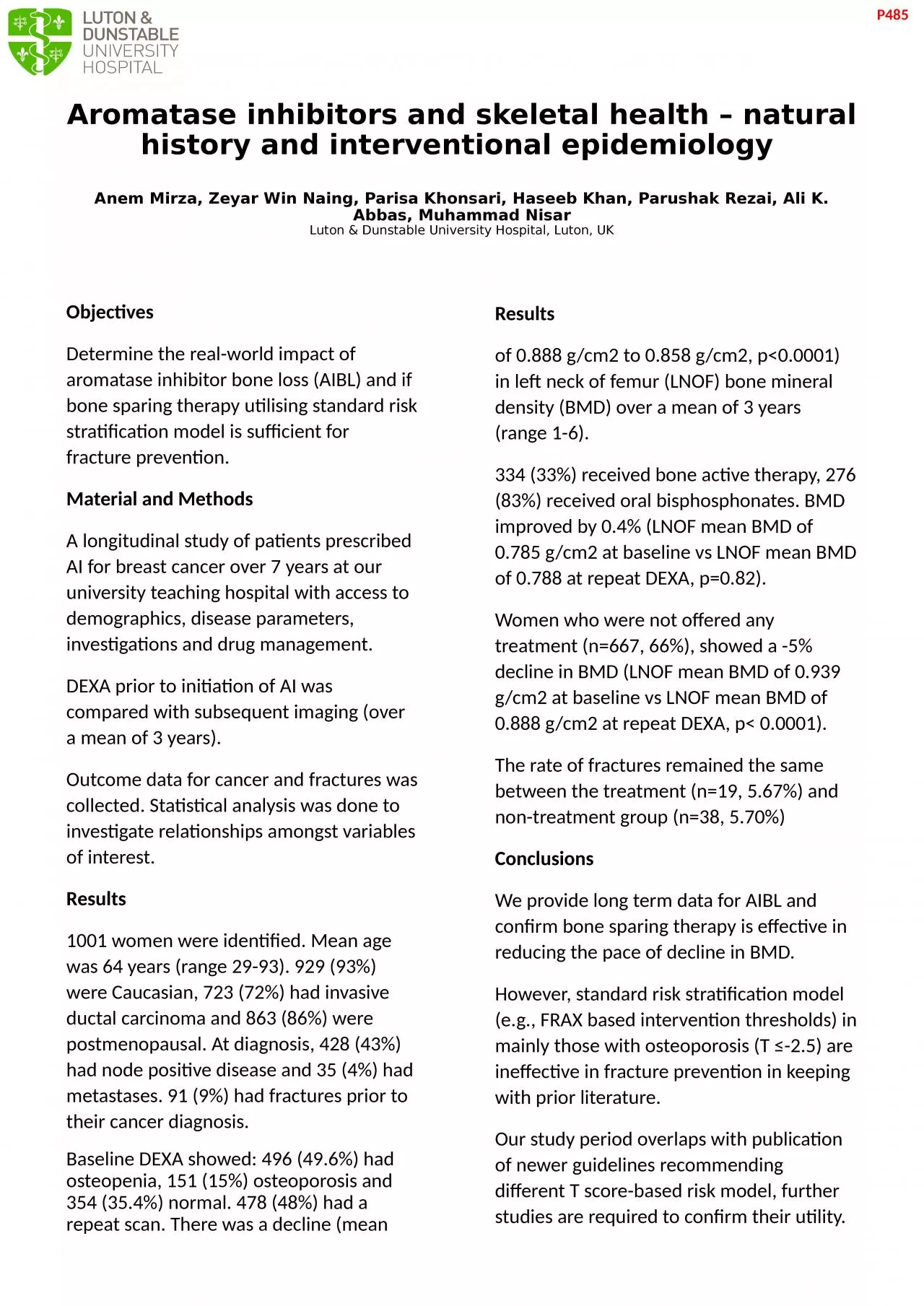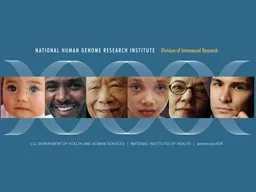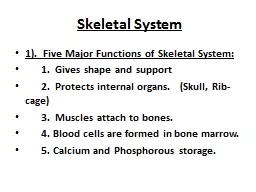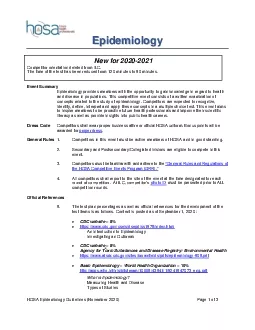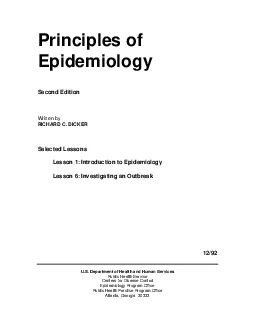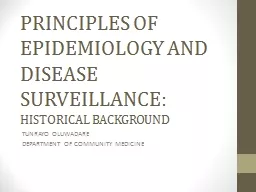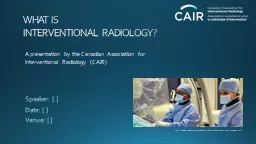PPT-Aromatase inhibitors and skeletal health – natural history and interventional epidemiology
Author : roy | Published Date : 2024-01-03
Anem Mirza Zeyar Win Naing Parisa Khonsari Haseeb Khan Parushak Rezai Ali K Abbas Muhammad Nisar Luton amp Dunstable University Hospital Luton UK Objectives
Presentation Embed Code
Download Presentation
Download Presentation The PPT/PDF document "Aromatase inhibitors and skeletal health..." is the property of its rightful owner. Permission is granted to download and print the materials on this website for personal, non-commercial use only, and to display it on your personal computer provided you do not modify the materials and that you retain all copyright notices contained in the materials. By downloading content from our website, you accept the terms of this agreement.
Aromatase inhibitors and skeletal health – natural history and interventional epidemiology: Transcript
Download Rules Of Document
"Aromatase inhibitors and skeletal health – natural history and interventional epidemiology"The content belongs to its owner. You may download and print it for personal use, without modification, and keep all copyright notices. By downloading, you agree to these terms.
Related Documents

